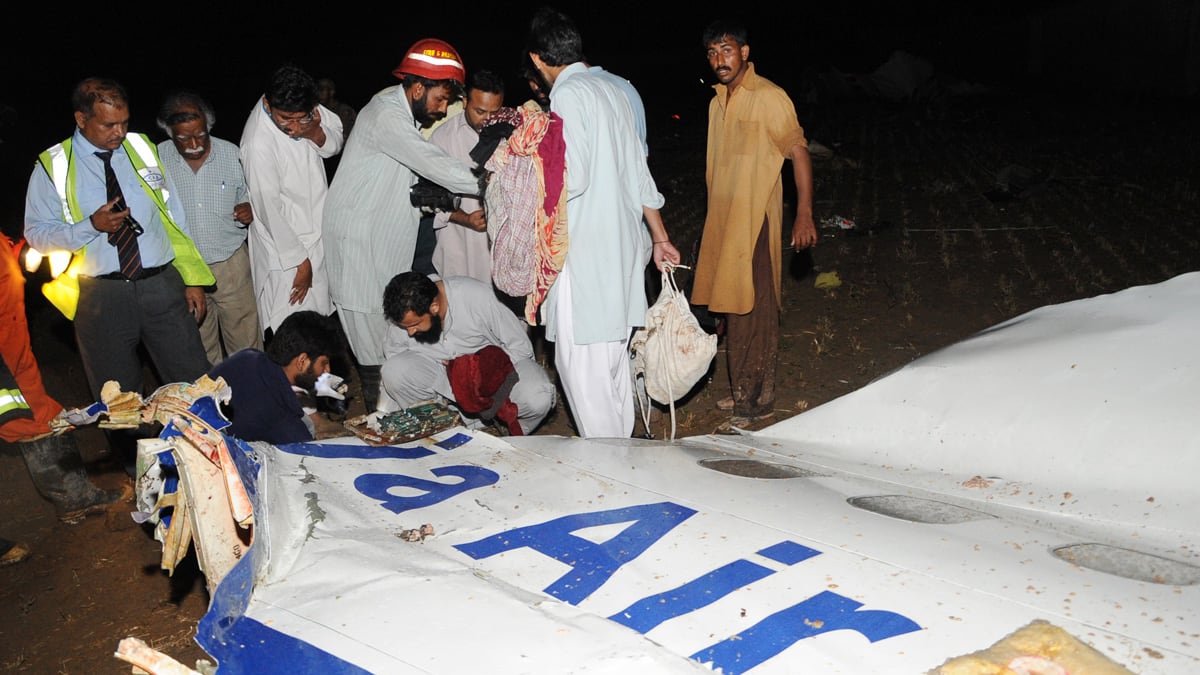Some countries are not very fussy about the airplanes and the airlines they allow into their skies—a fact proven by today’s horrific crash in Pakistan, which reportedly killed up to 127 people. The wreck also reinforces the point that travelers can be playing a form of Russian roulette if they book flights on obscure airlines in countries beyond the oversight of either American or European regulators.
The Boeing 737-200 that crashed on approach to Islamabad was at least 25 years old—one of the oldest in the air. Moreover, it was reportedly bought by Bhoja Air from another airline that no longer wanted the expense of trying to keep it airworthy.
Bhoja Air, in its current manifestation, has been in operation only since March of this year, and the fatal flight from Karachi to Islamabad was apparently its first on that route. So here you have all the classic elements of a doomed flight: decrepit airplane, unfamiliar route, and a crew who pressed on despite being warned of severe thunderstorms on the approach to Islamabad.
These used to be more familiar characteristics of air disasters than they are today. In well-regulated safety regimes—combining airplanes with state-of-the-art navigation aids, skilled air crews, and equally able air-traffic controllers—a severe storm should not endanger any flight. Hundreds of landings are made around the world every day in similar conditions, and if the storm is a real threat the flights are diverted.
Approach and landing, too, have always been critical to the safety of a flight—and have, therefore, been the focus of significant technical advances to make them safer.

It’s a tragedy that 127 people have had to die to make the point, once again, that the safety of air travel depends on the integrity of the political and professional cultures of the country where you board the plane.
Unfortunately, many parts of the world fall outside the oversight of the two most dependable safety nets. In the U.S., the Federal Aviation Administration bans airlines if it thinks they pose a safety hazard, but can only prohibit them from using U.S. airports. In Europe, a comparable body bans whole counties as well as airlines in its comprehensive black list (recently updated.) Most of the airlines banned from using European air space are from Africa and Asia.
And in Asia, the problem can sometimes be the reverse of the Bhoja Air problem. Instead of clapped-out jets, you can find airlines flying brand-new models with flashy livery and smart flight attendants—but no reputable infrastructure behind them. Indonesia, for example, is under watch by both the FAA and Europe, with most of its airlines banned from Europe, including Lion Air where, in the last eight months, four pilots have been arrested on drug charges.






